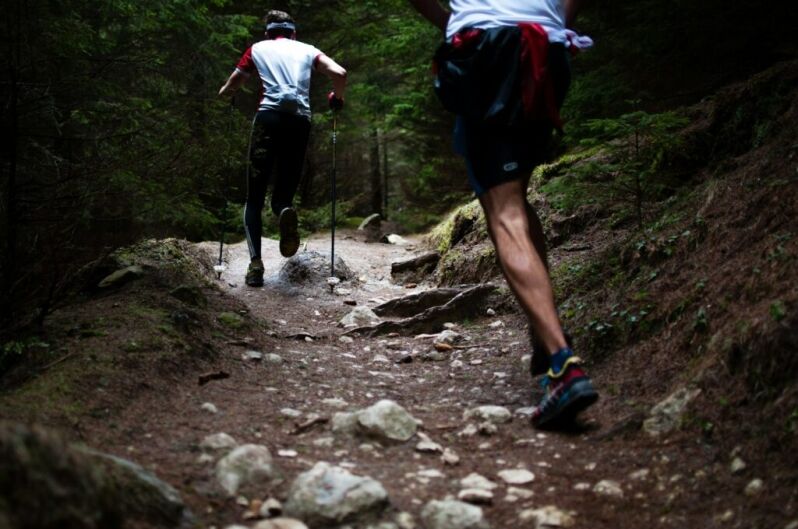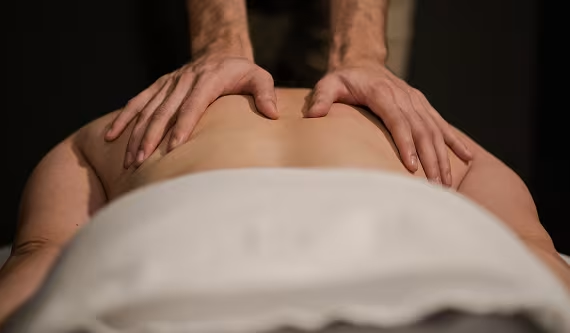The Silent Hero of Your Movement: Gluteus Medius
Did you know the gluteus medius, one of the unsung heroes of your body, is critical for stabilizing your hips, ensuring a smooth gait, and even reducing strain on your lower back? Yet, many active individuals in Edmonton and Sherwood Park struggle with gluteus medius pain, often without realizing its impact on their daily lives and athletic performance.
If you’ve experienced discomfort in your hip or noticed a change in your balance, this guide will help you understand the glute medius, common problems associated with it, and actionable strategies for relief and recovery.

Why the Gluteus Medius Matters to Your Active Life
The gluteus medius, located on the outer surface of the pelvis, is responsible for stabilizing the pelvis during movement and assisting with leg abduction (lifting the leg outward). For runners, weightlifters, and other active individuals, this muscle supports proper alignment and reduces strain on other joints.
Common Problems Linked to the Gluteus Medius:
- Weakness: Prolonged sitting or lack of activation during workouts can weaken the muscle.
- Imbalance: Uneven strength between sides may lead to gait issues or compensation by other muscles.
- Injuries: Strains, tendinitis, or overuse injuries can result from improper warm-ups or excessive training.
- Tightness: Limited flexibility can cause discomfort or reduce range of motion.
Left unchecked, these issues may lead to lower back pain, hip discomfort, or reduced athletic performance.
Recognizing Gluteus Medius Pain: Signs and Symptoms
Gluteus medius pain often presents as tenderness or discomfort in the hip area, especially during activities like running, climbing stairs, or standing on one leg. You might also notice:
- Difficulty balancing or maintaining stability.
- Pain that radiates to the lower back or outer thigh.
- Reduced range of motion in the hip.
If these symptoms sound familiar, addressing them early can prevent further complications.
Effective Strategies to Relieve Glute Medius Pain
1. Strengthening Exercises
Incorporate these exercises into your routine to target and strengthen the glute medius:
- Side-lying leg lifts: Lie on your side and lift your top leg, keeping it straight.
- Clamshells: Lie on your side with bent knees, lifting the top knee while keeping your feet together.
- Single-leg squats: Engage the glute medius by balancing on one leg as you squat.
2. Stretching Techniques
Stretching helps improve flexibility and reduces tension. Try:
- Pigeon pose: Opens the hips and relieves tension in the glutes.
- Butterfly stretch: Targets the inner thighs and hips.
- Lateral lunge: Focuses on stretching the outer hip muscles.
3. Manual Therapies
Services like therapeutic massage or deep tissue massage can address muscle tightness and improve circulation in the affected area. Consider visiting Athlete’s Choice Massage in Sherwood Park for targeted care.
4. Advanced Therapies
For persistent pain, shockwave therapy is an excellent option to promote healing and address deeper muscular issues.
Keeping the Glute Medius Healthy: Preventative Tips
- Warm up: Engage your glutes with dynamic stretches before workouts.
- Cross-train: Mix strength training with mobility exercises to maintain balance.
- Check your form: Poor posture during exercises can lead to overuse injuries.
Supporting Your Glute Medius for Peak Performance
Your gluteus medius is a cornerstone of movement and stability, making its health vital for maintaining an active and pain-free lifestyle. By supporting your hips and aligning your body during activity, this muscle allows you to perform at your peak, whether you’re conquering running trails, lifting weights, or simply staying mobile in your daily routine.
Addressing gluteus medius pain proactively through strengthening exercises, effective stretching routines, and professional therapies not only alleviates discomfort but also prevents future issues. Investing in your glute medius health ensures improved performance, reduced injury risk, and long-term mobility, helping you enjoy the activities you love with confidence and ease.




